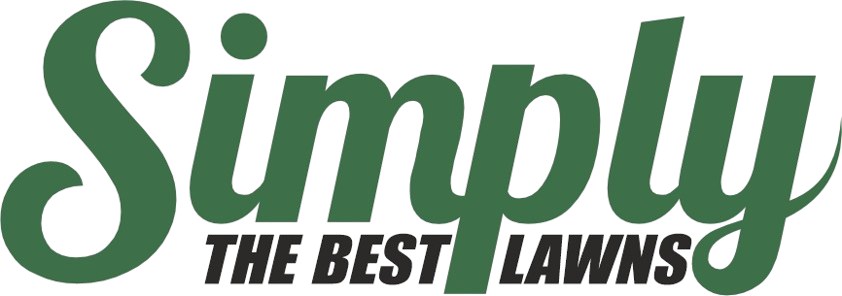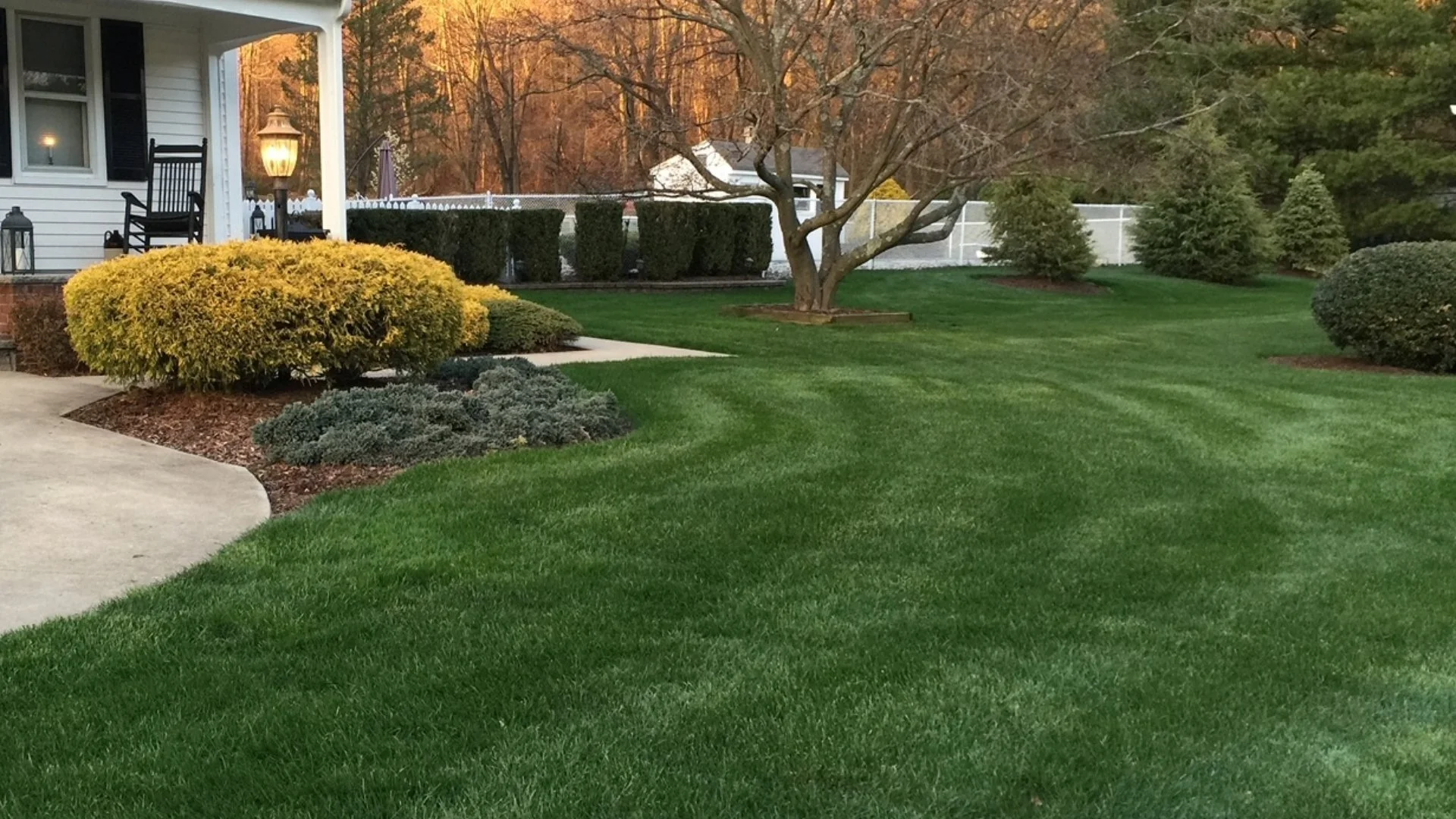Lawn Care Services in & Around Wayne, Bridgewater & Flemington, NJ
We offer lawn fertilization, weed control, crabgrass control, nutsedge control, lawn care programs, and other services.
Your lawn needs year-round care and attention to thrive. Here at Simply The Best Lawns, we offer lawn care services to commercial and residential properties, as well as HOAs, in Wayne, Bridgewater, Flemington, NJ, and surrounding communities. Our team provides a wide range of lawn care services, like lawn fertilization, weed control, crabgrass control, nutsedge control, lawn disease control, lawn insect control, core aeration, liquid aeration, overseeding, and lime treatments. We also offer three lawn care programs you can choose from, so you can rest assured that your grass is looked after all year long!
Custom Lawn Care Plans
Lawn Care Plans Customized to Your Local Soil Conditions
Features
Simply Basic
Simply Plus
Simply Premier
Pet-Friendly Lawn Care
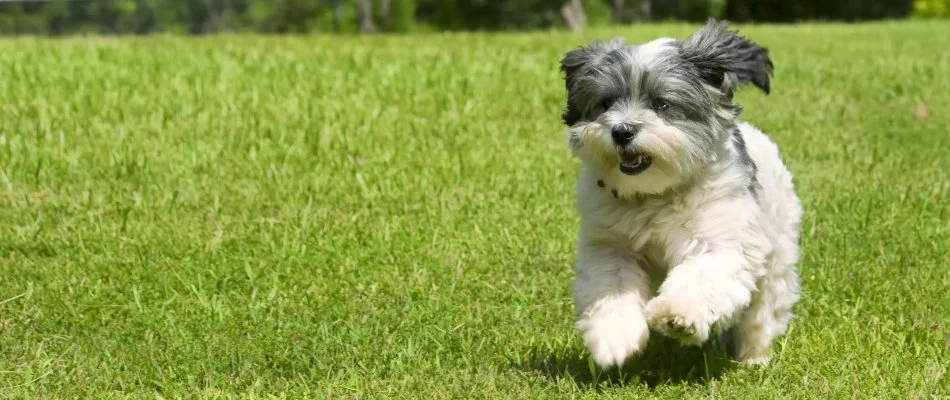
We use pet-friendly lawn care treatments registered by the EPA to be used in areas where kids and pets play. Our trained and licensed team applies each treatment according to EPA guidelines, prioritizing the safety of your family and pets. Before each visit, we’ll notify you so you can arrange to keep pets indoors during the application. Once the treatment has dried, your lawn will be safe for pets to enjoy again.
Lawn Fertilization
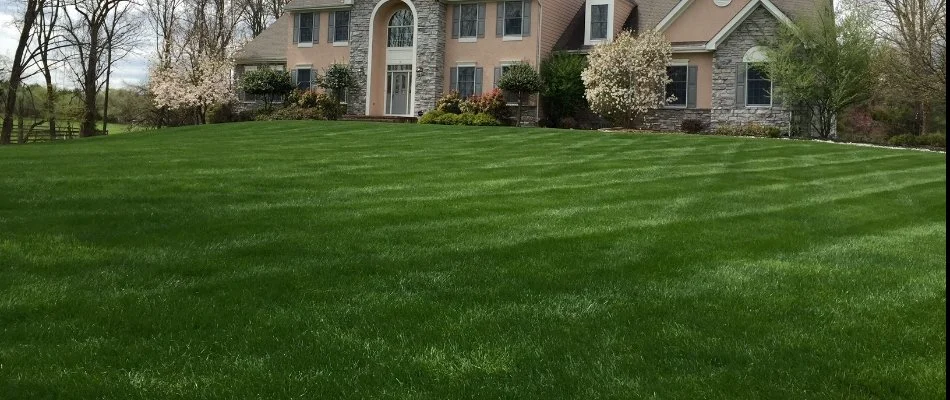
Our team offers a lawn fertilization service that involves visiting your property several times throughout the year to administer our fertilizer treatments. The treatments we use are packed with the nutrients that your grass needs to grow strong, develop deep roots, and get a beautiful, green color. We also use both liquid and granular treatments depending on the size of your lawn for efficient delivery of nutrients.
Weed Control
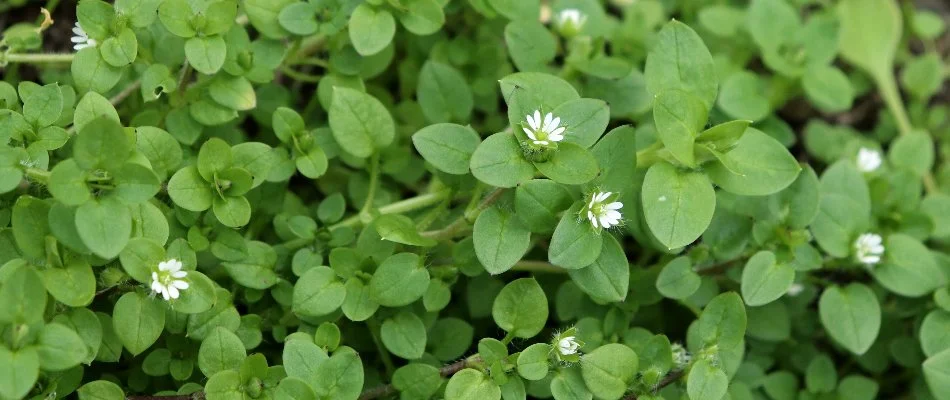
Your lawn will get optimal protection from invasive weeds through our weed control service. We use pre-emergent weed control treatments to keep weeds from sprouting and stealing nutrients from your grass. Meanwhile, post-emergent treatments are used to get rid of existing weeds that have already emerged on your turf. Throughout the year, your lawn will receive multiple treatments to help ensure no weeds take over your turf.
Crabgrass Control
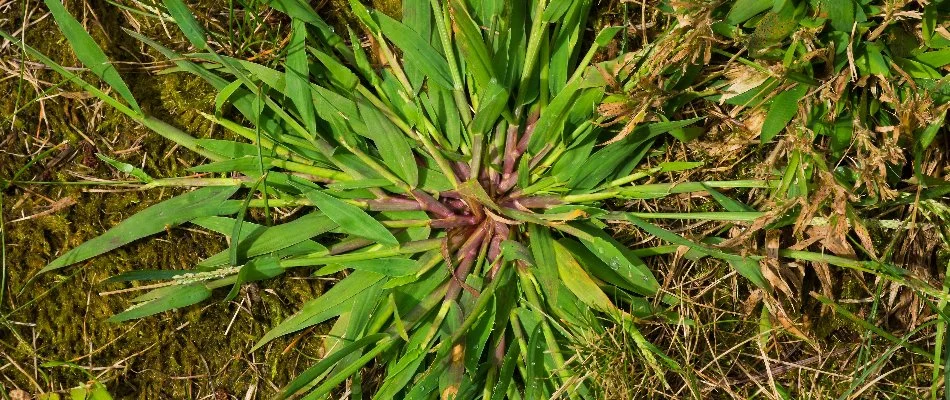
Our crabgrass control service involves a treatment schedule that will cover your lawn throughout the growing season against invasive crabgrass weeds. When you sign up for this service, you can expect our team to visit your property 5 to 6 times from spring to fall to ensure crabgrass weeds don't become an issue on your turf. This service is part of our lowest-tier program, which means you will get season-long protection against crabgrass no matter the program you sign up for.
Nutsedge Control
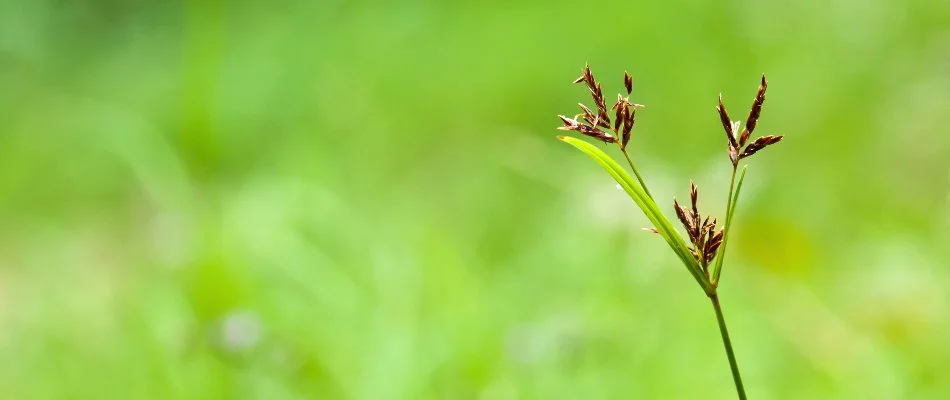
Nutsedge is another type of weed that commonly invades lawns in the Wayne, NJ, area. Our nutsedge control service will keep your lawn thoroughly protected against nutsedge through highly effective weed control treatments that specifically target this weed.
Lawn Care Programs
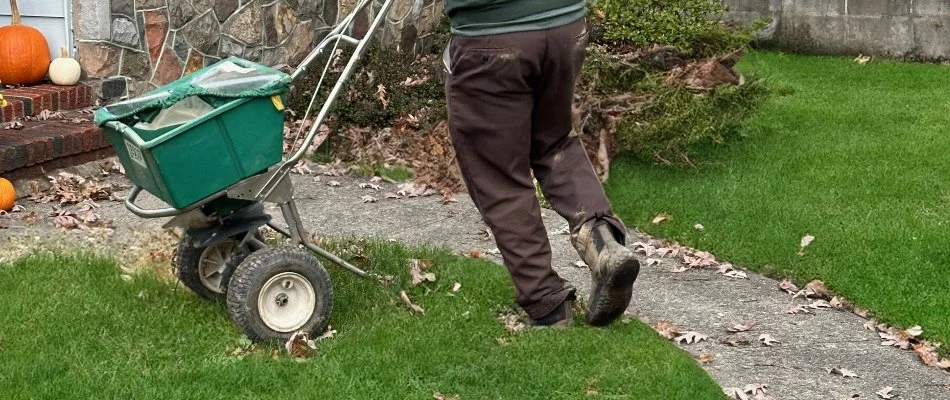
Our team offers three lawn care programs: Simply Basic, Simply Plus, and Simply Premier plans. These plans all include lawn fertilization, crabgrass control, broadleaf weed control, lawn insect control, lawn analyses, and a service guarantee for our weed control treatments. Our Simply Plus program has additional liquid aeration and grub control treatments, while our Simply Premier program has all of those services, plus nutsedge control, core aeration, and overseeding!
Lawn Disease Control
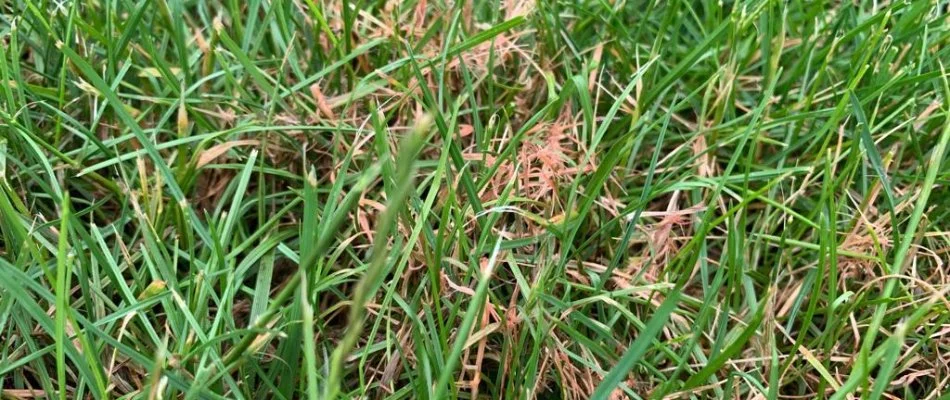
Diseases pack a mighty punch that can cause serious damage to your lawn's health. Our team offers lawn disease control treatments that target diseases like red thread and dollar spot, which are common in the area. These treatments are curative, which means they will get rid of the existing disease to stop it from causing more damage to your grass.
Lawn Insect Control
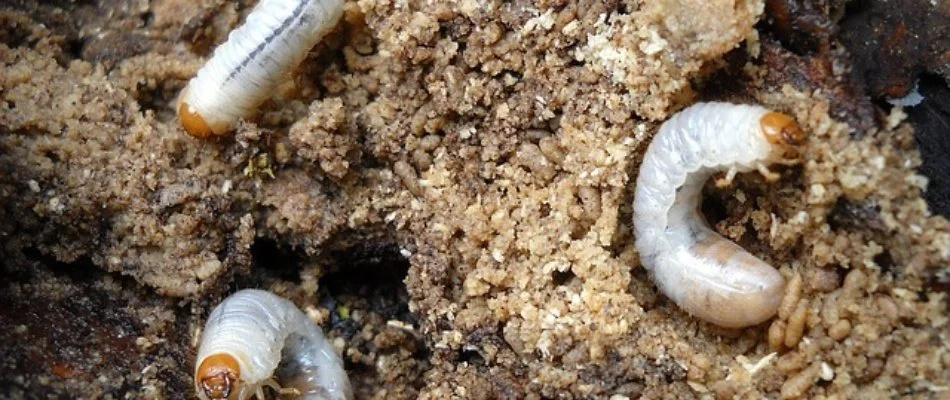
Our lawn insect control service provides protection against pests like grubs and chinch bugs. We offer a highly effective treatment against chinch bugs that will both prevent and eliminate these pests from your lawn. For grubs, our team uses a preventative grub control treatment that effectively makes grubs a non-issue on your lawn. The treatment will target grubs when they have just hatched, so they don't get the chance to destroy the roots of your lawn in the first place.
Core Aeration
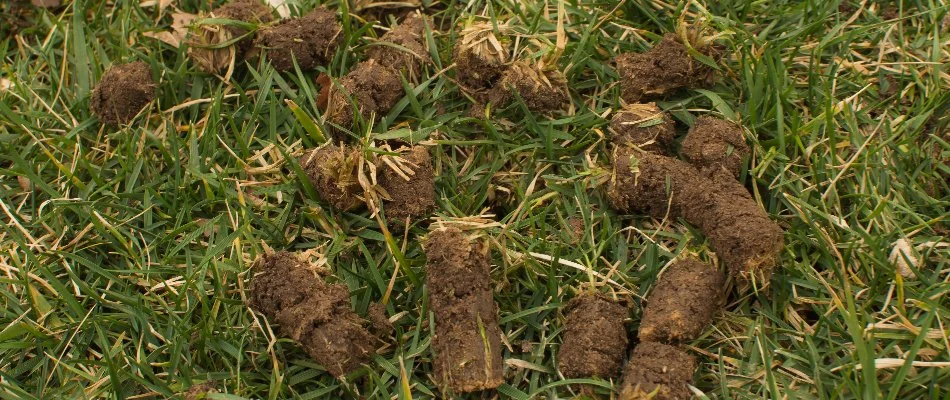
We offer a core aeration service, which entails removing plugs of soil from the ground using our aerator machine. This machine will create holes in the ground that will provide a channel for nutrients and other resources to easily reach the roots of your grass. We perform core aeration in the fall, between the end of August and October when your grass is strong enough to handle the process.
Liquid Aeration
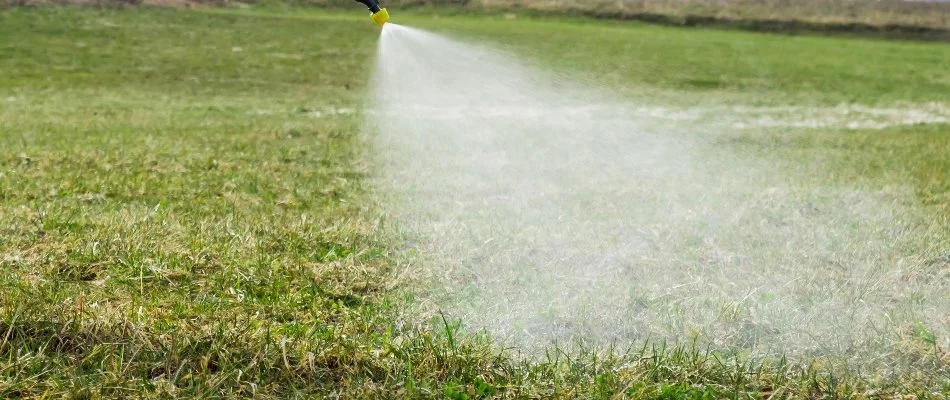
Our liquid aeration service is offered in the spring. When you sign up for this service, our team will spray a liquid treatment on your lawn that will alleviate soil compaction and ensure the roots of your grass have easy access to the nutrients that promote strong, healthy growth.
Overseeding

If you want your lawn to grow lusher and more vibrant, our overseeding service will make that happen. This service involves spreading a blend of perennial ryegrass and Kentucky bluegrass seeds on your lawn to encourage new growth. We offer overseeding with core aeration to ensure the grass seeds have optimal seed-to-soil contact for successful germination.
Lime Treatment
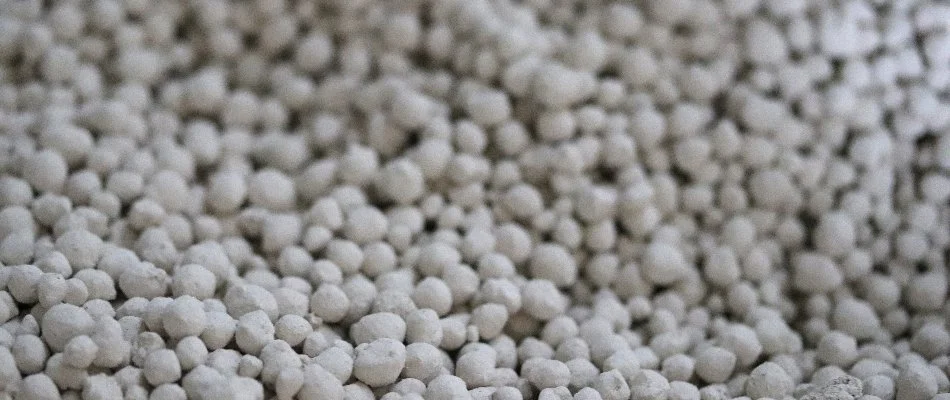
Our lime treatments will ensure the soil pH on your lawn is at the right balance to provide optimal growing conditions. Lime will be administered if the soil test we take beforehand says your lawn needs it.
Call us today to sign up for our lawn care services!
Our team at Simply The Best Lawns offers lawn care services to commercial and residential properties, as well as HOAs, in Wayne, Bridgewater, Flemington, NJ, and surrounding communities. For 40 years, our experts have been taking care of lawns in the area and providing results that exceed the expectations of our clients. Give us a call today at (973) 232-1776 to sign up!
